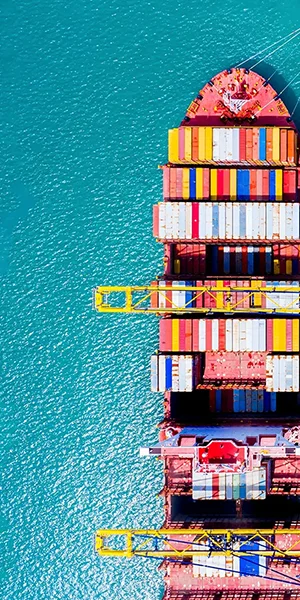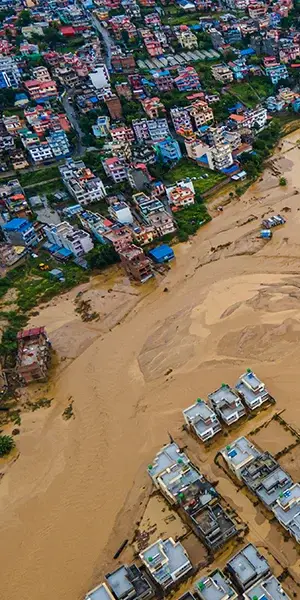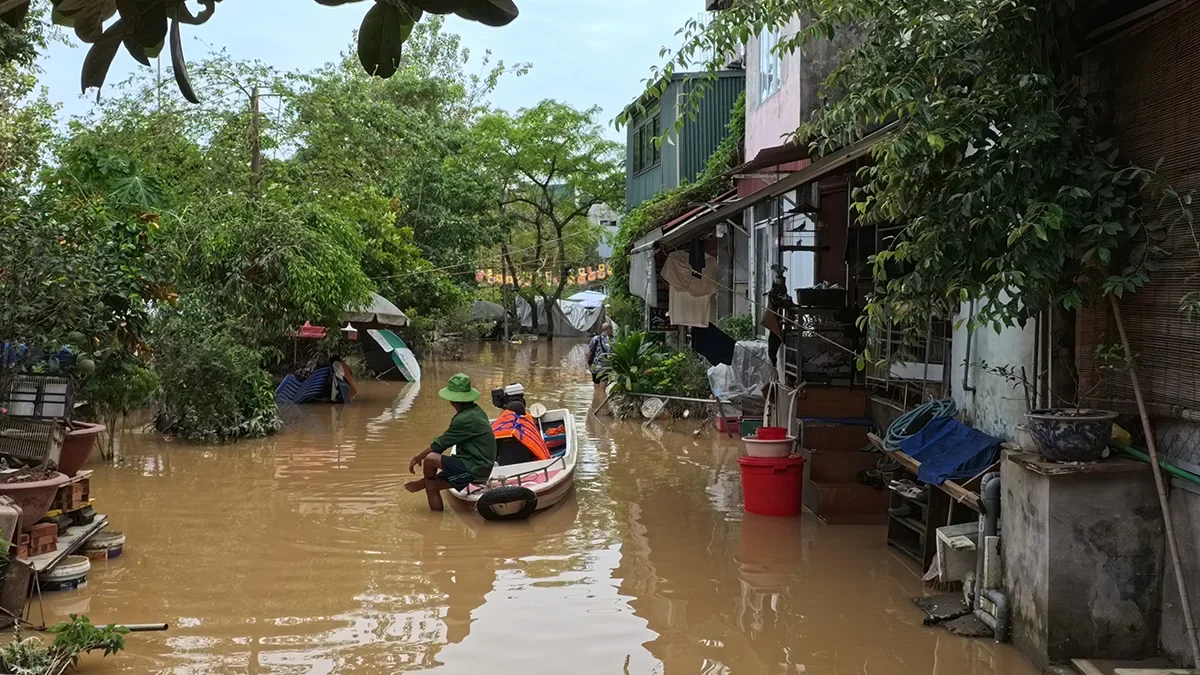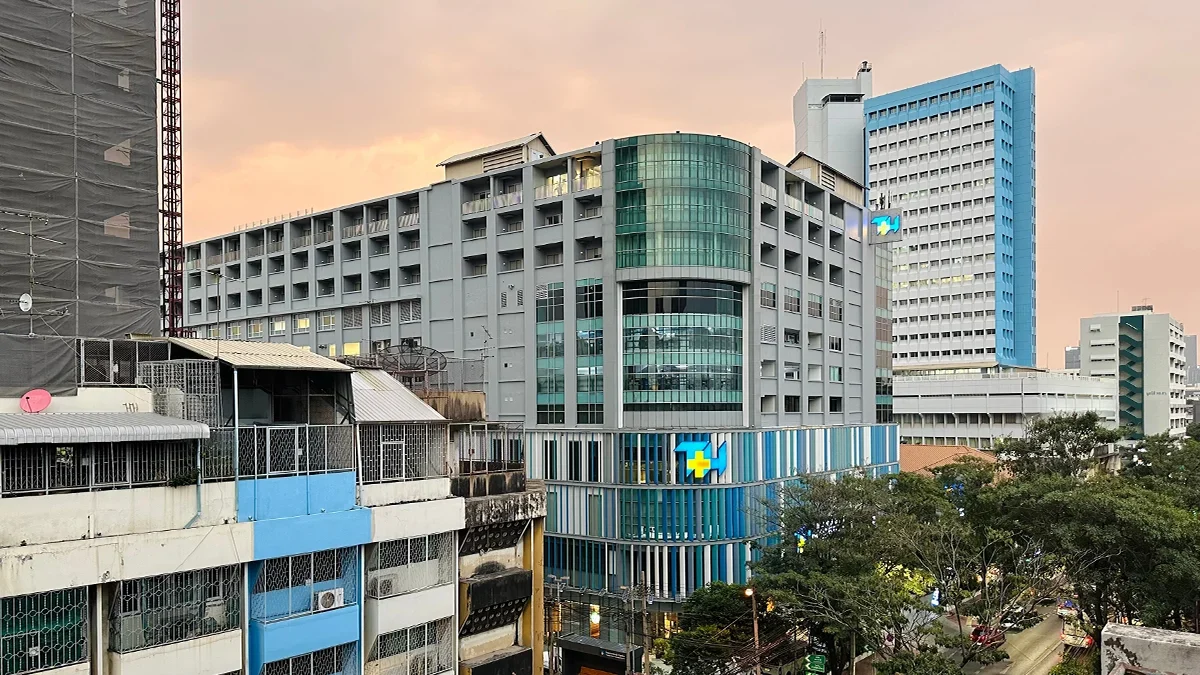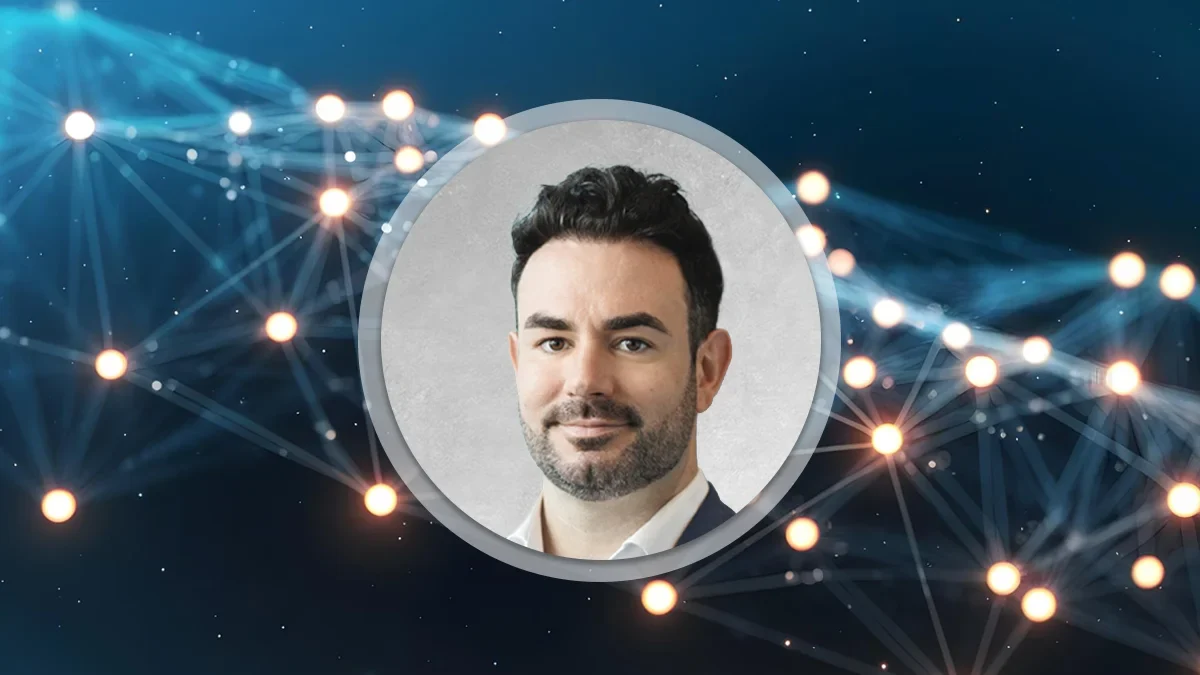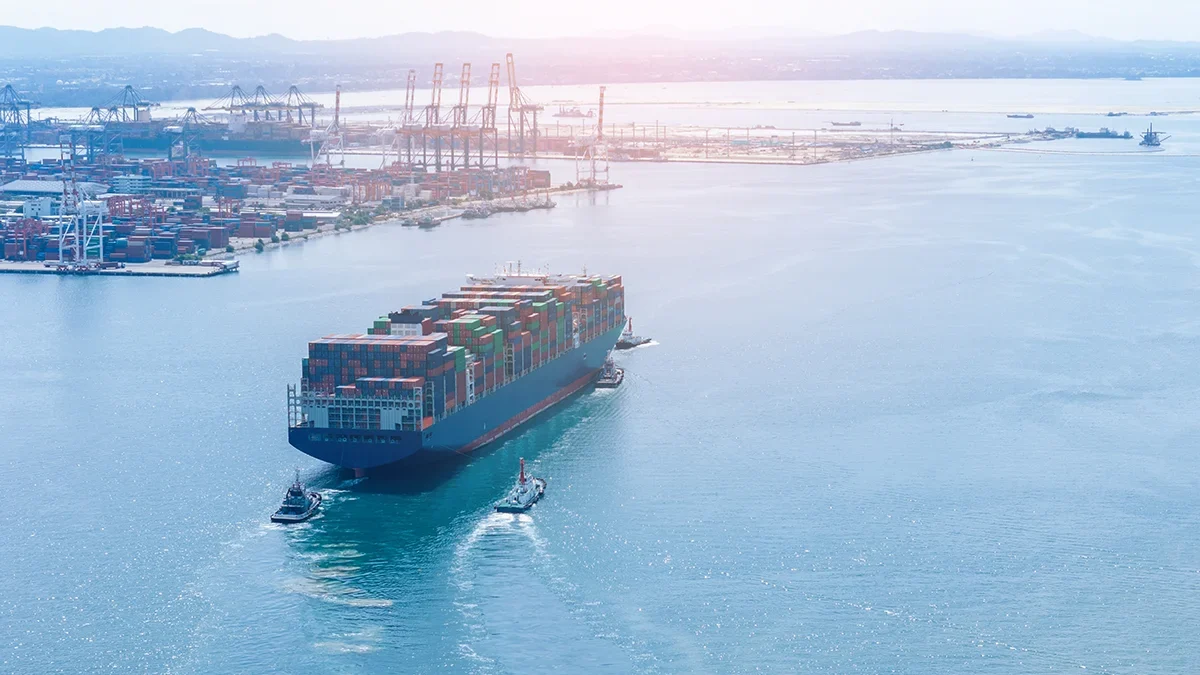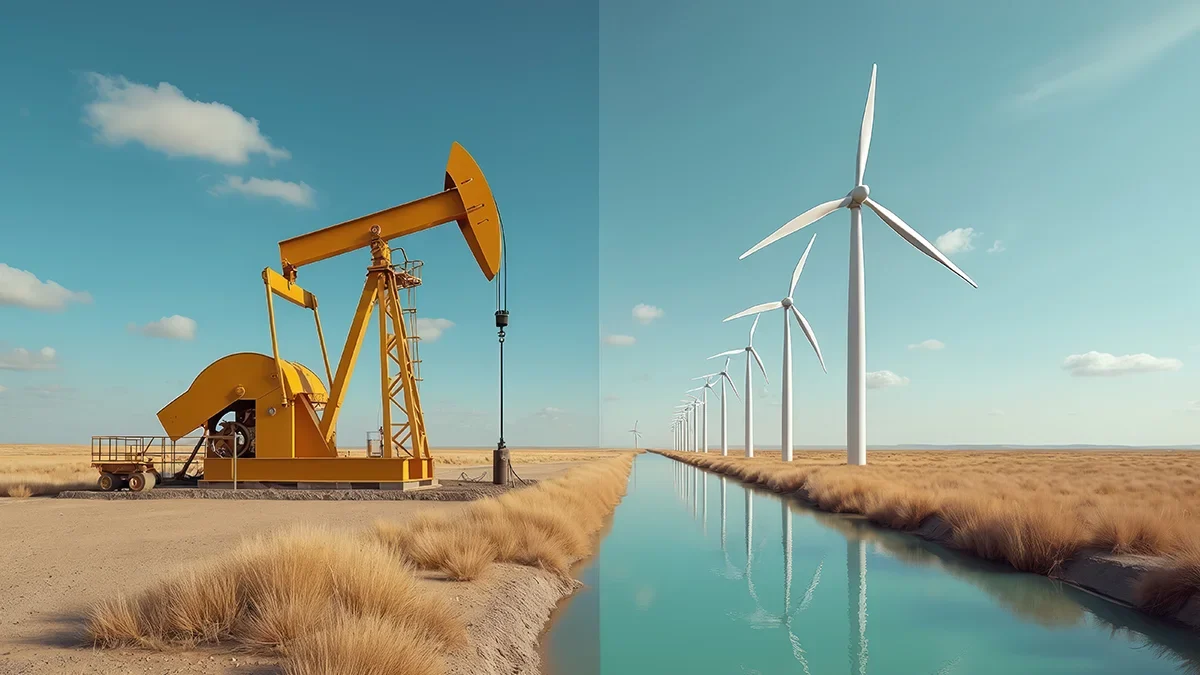(Re)in Summary
• 2024 saw SEADRIF deliver a record US$3m payout to Lao PDR within six days of Typhoon Yagi.
• Last year, the SEADRIF Initiative launched with 11 outreach events, seven new partnerships, in-country focal points, and stronger governance systems.
• SEADRIF also advanced public asset and agricultural insurance initiatives, including a work plan with the Philippine DOF and a regional Agricultural Risk Finance facility with the FAO.
• So far in 2025, the facility has secured a €4.7m (US$5.32m) grant for global disaster risk finance collaboration and launched a US$16m multi-peril policy for Lao PDR, with GallagherRe as reinsurance broker.
The Southeast Asia Disaster Risk Insurance Facility (SEADRIF) marked a year of record-breaking performance in 2024, delivering US$3m in its largest-ever payout to Lao PDR just six days after Typhoon Yagi struck, reaching 350,000 people across the region, according to its annual report Steady Ground, Secure Futures: Disaster Risk Insurance for a Stronger Southeast Asia.
Typhoon Yagi, which swept across Southeast Asia in September, caused more than US$16bn in regional damage, with Vietnam suffering the largest losses and casualties. In Lao PDR, where over 200,000 people were affected across 15 provinces, SEADRIF disbursed US$750,000 five days after the flooding reached its first peak, followed by an additional US$2.25m a week later.
The funds supported emergency relief, stabilised damaged areas, and kickstarted recovery efforts under the facility’s Environmental and Social Management System.
“Our record payout of US$3m to Lao PDR in October, just six days after flooding exceeded threshold levels, reflects SEADRIF’s core value: providing governments with fast, reliable financial support when disasters strike,” said Benedikt Signer, Executive Director at SEADRIF Insurance Company. “We are building on this to expand product innovation both for Lao PDR and across the region.”
The year also marked the operational launch of the SEADRIF Initiative, uniting its policy and insurance arms in a single integrated report for the first time. Engagement with member countries intensified, with 11 outreach events, seven partnerships, and an expanded board of directors from three to five. A new in-country focal point was established in Lao PDR, with recruitment underway for the Philippines.
“One of the most significant developments this past year was the operational launch of the SEADRIF Initiative,” said Yoshihiro Kawai, Secretary General of ASEAN+3 DRF Initiative, Director of SEADRIF Initiative, and Board Chair at SEADRIF Insurance Company. “We are laying the groundwork for stronger governance, more effective engagement, and long-term capacity building.”
Public asset protection emerged as a critical priority, with ASEAN nations expected to invest US$3.1 trillion in infrastructure by 2030, much of it uninsured. SEADRIF recently advanced a work plan with the Philippine Department of Finance (DOF) to expand the National Indemnity Insurance Program to cover hospitals and health equipment, add parametric triggers for faster payouts, and tap international reinsurance. The partnership will also enhance the National Asset Registry System and develop tailored risk analytics to guide policymaking.
“If we are serious about closing the protection gap, we cannot keep widening it with every new public asset we build,” Signer emphasised.
The agricultural protection gap also loomed large: only 0.06% of agricultural production value in ASEAN is insured, compared to 2.8% in Japan and nearly 4% in the US. SEADRIF deepened its collaboration with the UN Food and Agriculture Organisation (FAO) earlier this year, partnering with six ASEAN countries to explore a regional Agricultural Risk Finance facility (ARFF). The proposed ARFF could lower premium costs through risk pooling, expand coverage for hard-to-insure exposures, and smooth insurance prices over market cycles.
Building capacity, expanding cover
SEADRIF also strengthened governance with revised standard operating procedures, a new risk management framework, and performance tracking systems. Partnerships expanded with regional risk pools in Africa, the Caribbean, and the Pacific to promote pre-arranged disaster finance on the global stage, including at COP29 in Azerbaijan.
That collaboration advanced in April 2025 with a €4.7m (US$5.32m) Global Shield Solutions Platform (GSSP) grant to boost disaster risk financing through shared pooling, analytics, talent exchange, and joint advocacy across Asia, the Pacific, Africa, and the Caribbean.
Launched in May 2025, SEADRIF also released a US$16m multi-peril policy for Lao PDR that uses government-reported human impact data as a trigger for parametric payouts. GallagherRe has been appointed as the reinsurance broker for the Lao product for the next three years.
While Signer acknowledged that building trusted public sector insurance institutions “takes patience,” the year’s performance reflects a steady pivot to a regional hub for faster payouts, broader cover, and stronger partnerships.
“I am proud of how far SEADRIF has already come and excited about the future we are shaping together. Progress is never as fast as we would like, or as the region urgently needs, but we are steadily laying the foundation to contribute to a more resilient Southeast Asia.”





